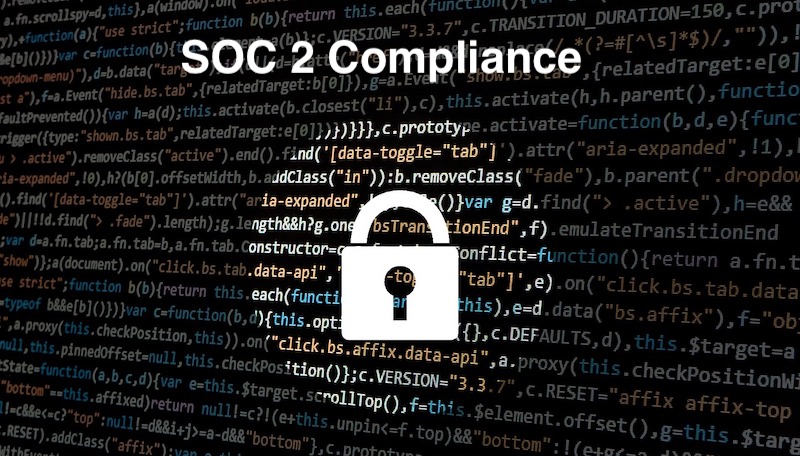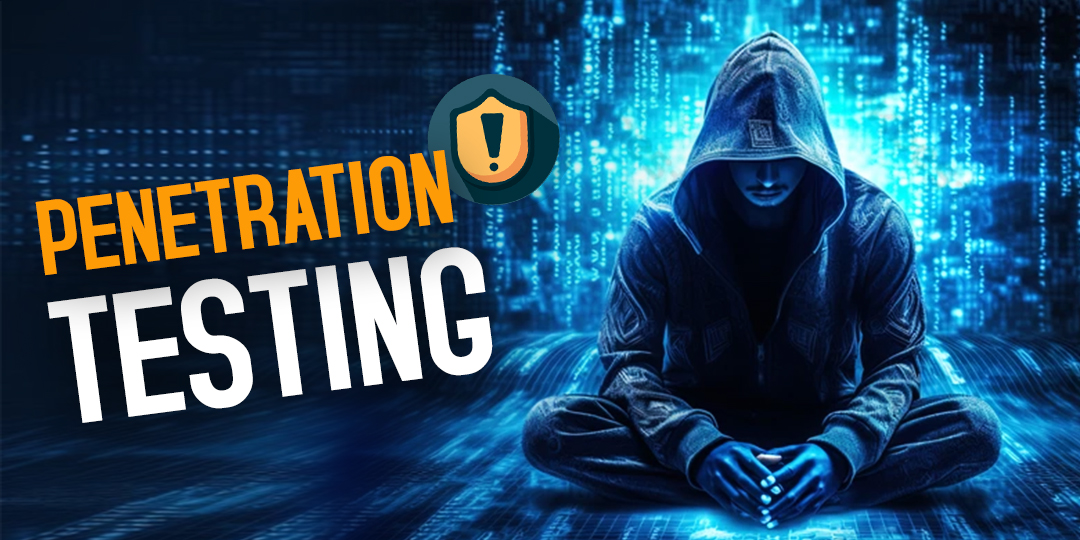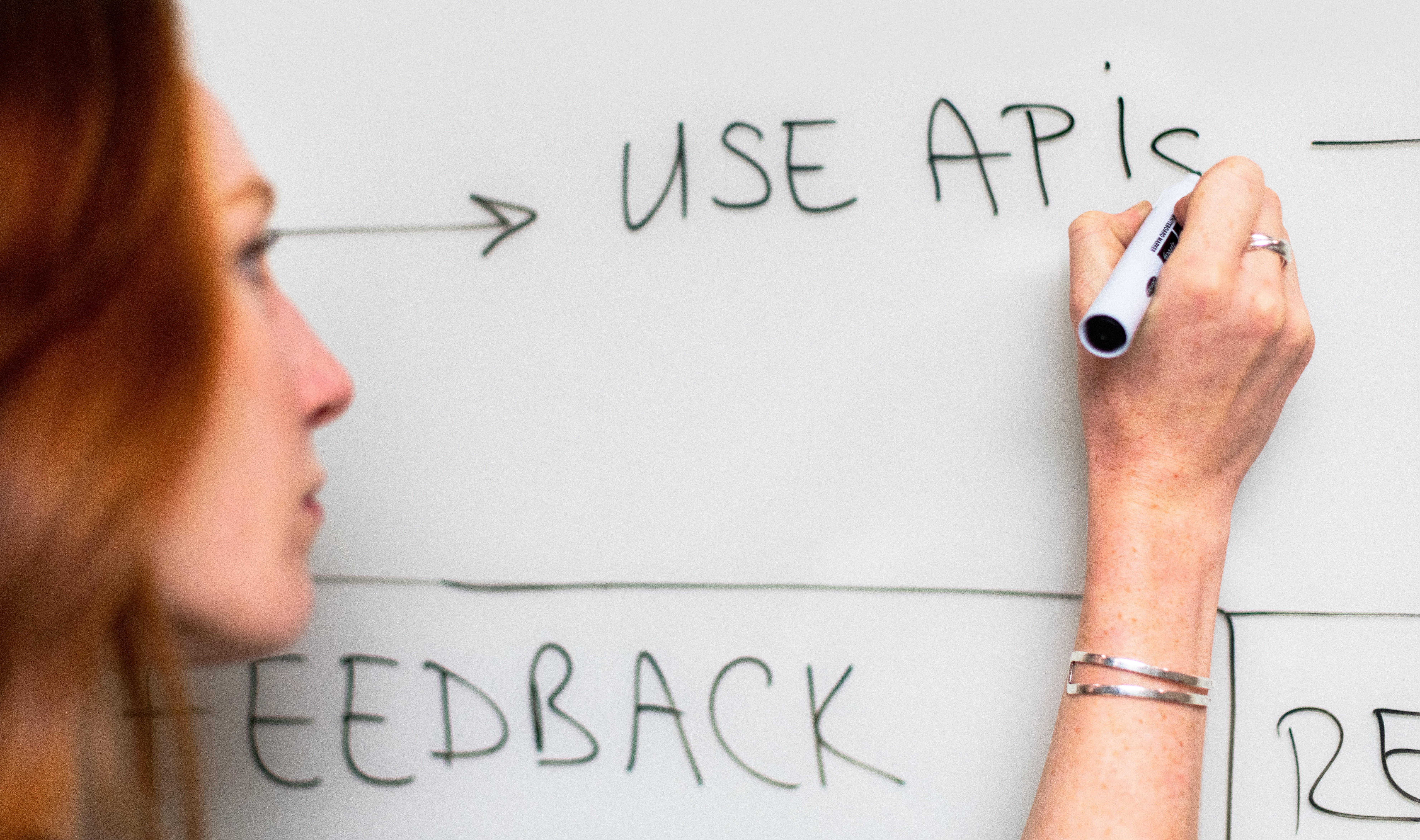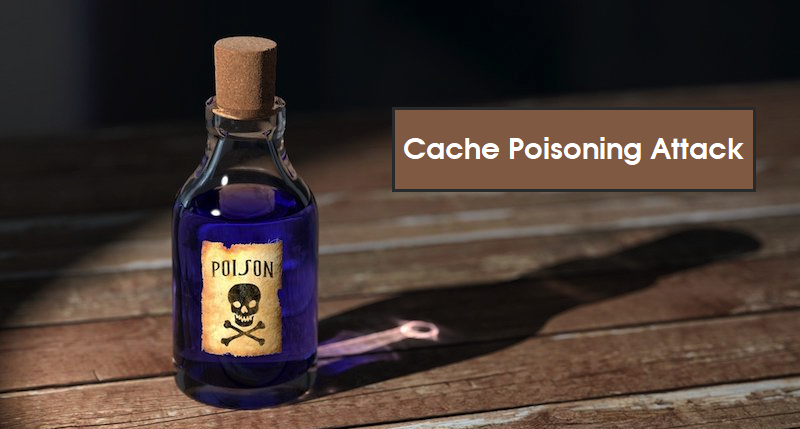
As technology continues to improve every aspect of life, trading, and business protection are not left behind. Traders and organizations need to leverage of these emerging trends and technologies to improve their business.

As technology continues to improve every aspect of life, trading, and business protection are not left behind. Traders and organizations need to leverage of these emerging trends and technologies to improve their business.

With more organizations and individuals relying on the Internet to do business, more hackers and cyber threats boom to take advantage of vulnerabilities that exist in software. Many organizations rely on third-party vendors to store sensitive data and use Software-as-a-Service (SaaS) to conduct day-to-day business. Security-conscious customers demand to know the security of service providers' data storage and the procedures used to access their data as well as the confidentiality of how they handle customers' data. This is where SOC 2 audit comes into play.

Organizations of various sizes face security risks and consequences if they do not secure their information assets. World's largest companies including Marriott International (2018), Equifax (2017), Yahoo (2013-2014), Target (2013) and Capital One (2019) became victims of data breaches, and cost them millions of dollars in losses including reputational damages.

When customers use their credit cards to make online purchases, their personal and financial information is transmitted over the internet between systems. This information includes the cardholder's name, card number, expiration date, and security code. If this information is not properly protected, it can be stolen by hackers and used for fraudulent activities, such as making unauthorized purchases or opening new accounts in the victim's name.

For every $100 chargeback, a small business loses an average of $308. This is far from an insignificant sum for a small business, especially since it will likely happen more than once. An even bigger problem is that the number of chargebacks increases by roughly 20% annually. This means that if you don't resolve this problem soon, things might escalate.

Penetration testing (also known as pen testing or ethical hacking) is a type of security testing in which an authorized person or team simulates an attack on a computer system, network, application, or device to identify vulnerabilities that could be exploited by malicious attackers.

Hacking. It's a term that conjures up a distinct image. One of the shadowy characters — hooded recluses, furiously clacking away at their keyboards, navigating endless lines of vertically-scrolling green code. Criminals, members of the secretive cyber-elite. Misunderstood geniuses gone rogue, effortlessly penetrating the mainframe (or whatever it is they're supposed to be doing…).

APIs (Applications Programming Interfaces) are essential components holding the digital world together. Most software applications would not be able to meet their performance requirements without them.

Cache poisoning is a type of cyber attack that involves manipulating the data stored in a caching system, such as a DNS resolver cache, in order to redirect traffic to a malicious website.
In a typical cache poisoning attack, the attacker will send fake or malicious information to a caching system, tricking it into caching the incorrect data. Once the data has been cached, legitimate requests for that data will be redirected to the malicious website, instead of the intended destination. This can allow the attacker to steal sensitive information or execute other attacks.

Email spoofing is the act of sending an email that appears to be from someone else, typically a well-known company or individual, but in reality, it was sent from a total stranger. The intent of email spoofing is often to trick the recipient into taking a specific action or revealing sensitive information.